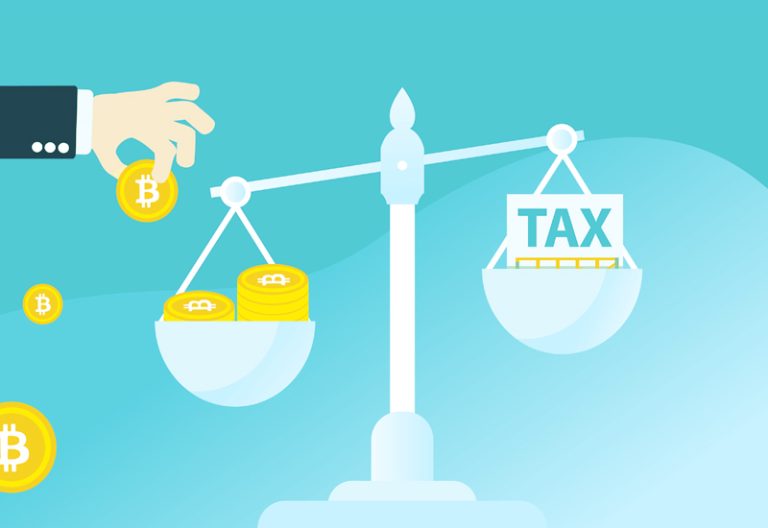Evaluate the Latest Sustainability Reporting Platforms

Introduction
Sustainability reporting platforms have gained increasing popularity among businesses as a means to measure, monitor, and disclose their environmental, social, and economic performance. They provide a comprehensive understanding of the impacts of their operations on society and the environment, and help to design strategies to achieve their sustainability goals. In this article, we will delve into the main features of sustainability reporting platforms, their benefits to businesses, and how they support them in achieving their sustainability goals.
Sustainability reporting platforms are the practice of measuring, disclosing, and being accountable for an organization’s social and environmental performance. It is a complex process that involves collecting, analyzing, and communicating information related to an organization’s sustainability actions and performance. Sustainability reporting platforms provide stakeholders, such as customers, shareholders, employees, and regulators, with a holistic view of an organization’s sustainability efforts.
Sustainability reports typically include information on how an organization measures its environmental impacts such as energy use, greenhouse gas emissions, water use or waste production, how it manages social issues such as employee health and safety or community engagement, and how it has addressed economic considerations like supply chain management or poverty alleviation. Organizations may also disclose their strategies for reducing their impacts in the future.
One of the main benefits of using a sustainability reporting platform is that it helps companies remain up-to-date with changes in legislation, regulations, or best practices related to sustainability. These platforms provide companies with accurate and reliable information on relevant laws, regulations, or guidelines, which enables them to remain compliant with current standards and make informed decisions about their sustainability strategies.
Moreover, sustainability reporting platforms offer businesses detailed insights into their performance over time. By tracking emissions data or energy usage figures over time, for example, companies can identify trends and then take action where necessary to improve efficiency or reduce environmental impacts. This data-driven approach enables businesses to set meaningful targets for improvement as well as track progress towards meeting them over time – something which would be difficult without access to reliable data from a single source platform.
There are different types of sustainability reporting platforms available. One type is data-driven reporting software, which allows companies to collect data from internal sources and external sources such as suppliers or customers in order to create a comprehensive report on their performance with regards to key performance indicators (KPIs). These KPIs can include energy usage or emissions levels, water consumption rates, waste management efforts, employee engagement activities or any other relevant indicators that measure an organization’s sustainability efforts. Data-driven reporting software typically includes tools for data analysis and visualization so that users can present the results in an easy-to-read format.
Another type of sustainability reporting platform is carbon management systems (CMS). CMS are used by companies to track and manage their carbon footprint by setting targets for reducing emissions levels over time in order to meet specific environmental objectives.
When evaluating potential sustainability reporting platforms, businesses should look for certain key features such as data visualization tools and automation capabilities. A good platform should allow users to easily visualize data in an intuitive way, and offer customizable visualization options to tailor them based on specific needs. Additionally, automation capabilities help save time by automatically collecting data from various sources, including surveys and internal systems, which eliminates manual entry that can be time-consuming and error-prone if done manually.






